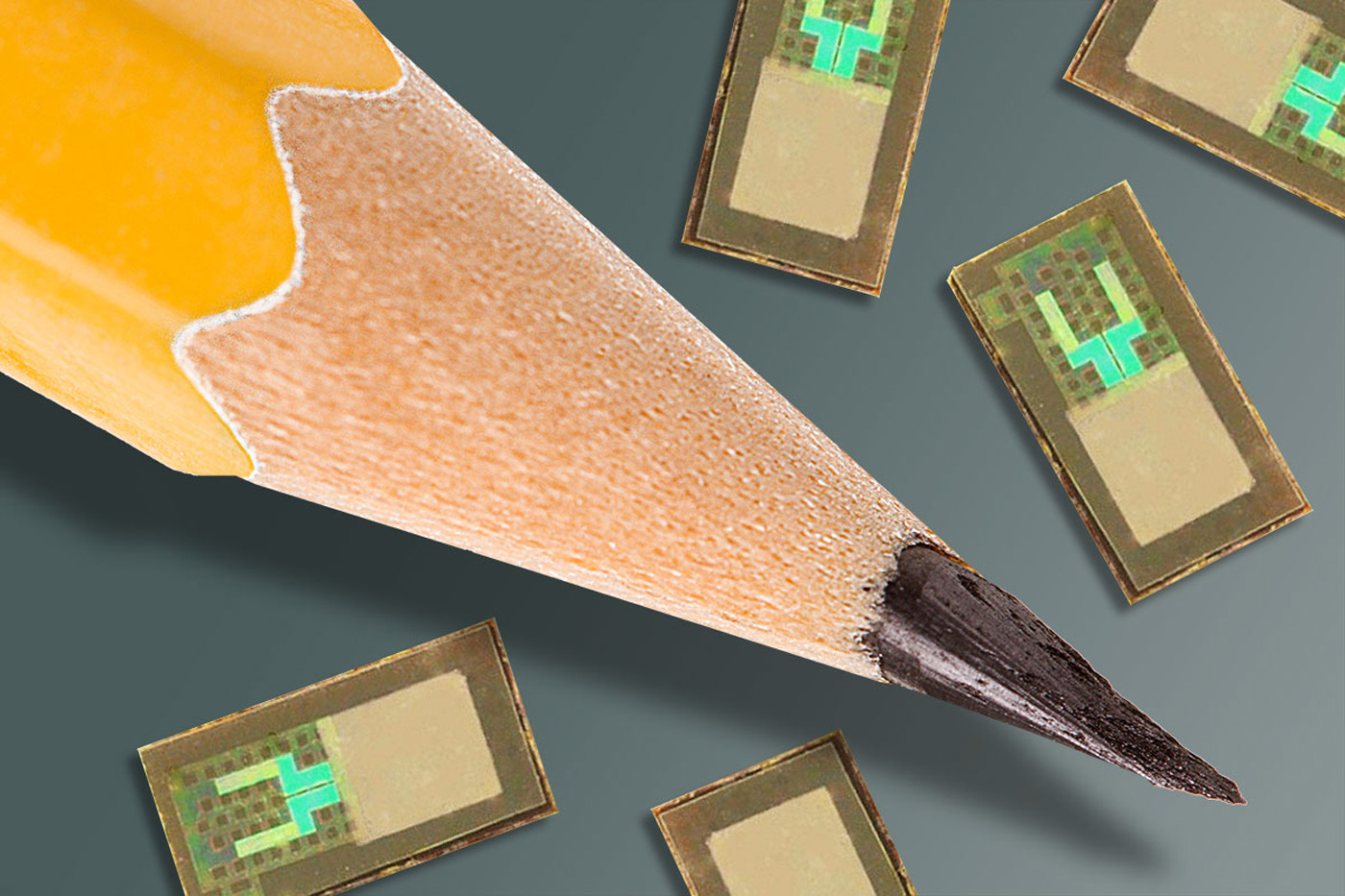
Existing methods for controlling brain activity tend to skew the results by their very nature -- it's difficult to behave normally with a wad of optical fibers or electrical wires in your head. The University of Illinois and Washington University have developed a much subtler approach to optogenetics that could lift that weight from the mind in a very literal sense. Their approach inserts an extra-thin ribbon into the brain with LEDs that are about as big as the neurons they target, stimulating deeper parts of the mind with high precision and minimal intrusion; test mice could act as if the ribbon weren't there. The solution also lets researchers detach the wireless transceiver and power from the ribbon to lighten the load when experiments are over. Practical use of these tiny LEDs is still a long ways off, but it could lead to both gentler testing as well as better treatment for mental conditions that we don't fully understand today.
Filed under: Science, Alt
Comments
Via: Mobile Magazine
Source: University of Illinois
 Right now, arthritis treatment tends to be an all-or-nothing proposition: the drugs you take affect your entire body, causing havoc with your immune system and leaving you prone to infections. But how do you narrow the treatment to just those areas...
Right now, arthritis treatment tends to be an all-or-nothing proposition: the drugs you take affect your entire body, causing havoc with your immune system and leaving you prone to infections. But how do you narrow the treatment to just those areas...
 Right now, arthritis treatment tends to be an all-or-nothing proposition: the drugs you take affect your entire body, causing havoc with your immune system and leaving you prone to infections. But how do you narrow the treatment to just those areas...
Right now, arthritis treatment tends to be an all-or-nothing proposition: the drugs you take affect your entire body, causing havoc with your immune system and leaving you prone to infections. But how do you narrow the treatment to just those areas...
 By far the biggest danger of brain implants is rejection -- it can be just a matter of time before your immune system freaks out and makes a bad situation that much worse. That's where Washington University might come to the rescue. Its researchers...
By far the biggest danger of brain implants is rejection -- it can be just a matter of time before your immune system freaks out and makes a bad situation that much worse. That's where Washington University might come to the rescue. Its researchers...
 You don't want to stand in front of an X-ray machine for any longer than necessary, and scientists have found a clever way to make that happen: the Kinect sensor you might have picked up with your Xbox. Their technique has the depth-sensing camera m...
You don't want to stand in front of an X-ray machine for any longer than necessary, and scientists have found a clever way to make that happen: the Kinect sensor you might have picked up with your Xbox. Their technique has the depth-sensing camera m...
 One day, eliminating pain may just be a matter of flicking on a light. Scientists have shown that you can implant LEDs that stop neurons from firing and cut out pain reception. The current technique (tested in mice) requires altering the neurons'...
One day, eliminating pain may just be a matter of flicking on a light. Scientists have shown that you can implant LEDs that stop neurons from firing and cut out pain reception. The current technique (tested in mice) requires altering the neurons'...
